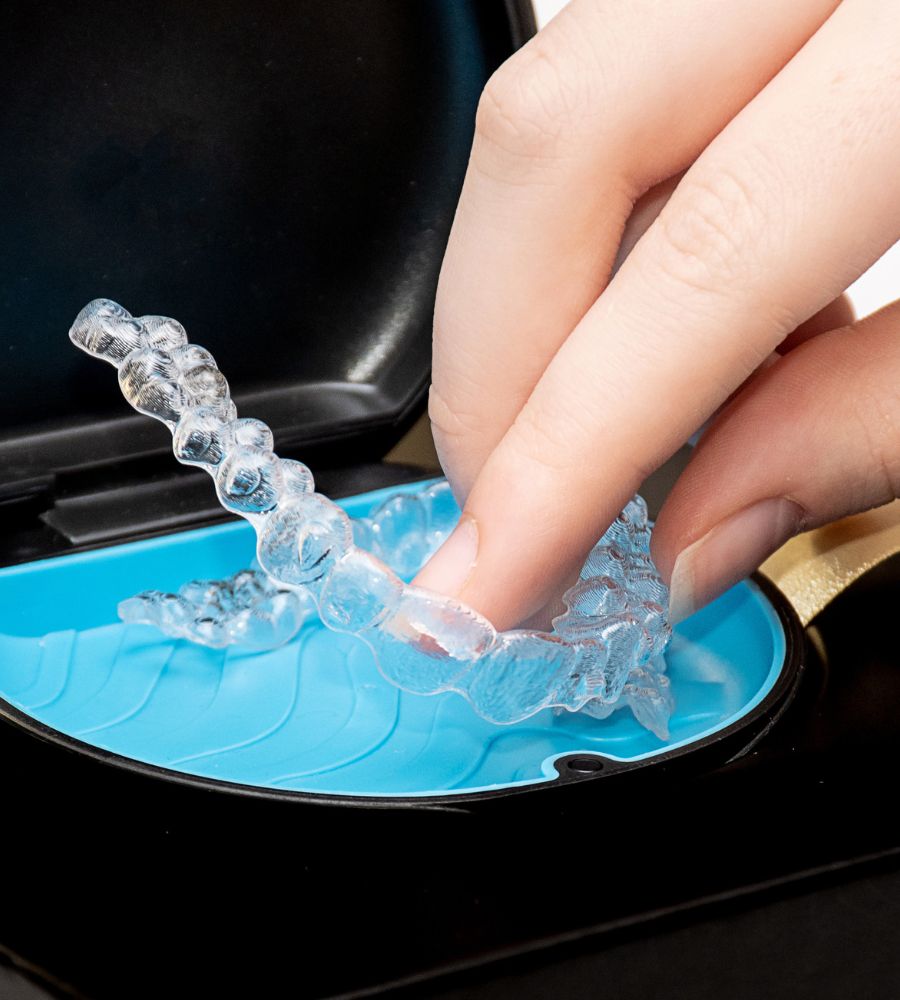You surely already know that a dental implant is the most effective way of replacing your missing tooth. But what exactly is it?
What’s an implant?
Definition
An implant is a titanium screw designed to replace the root of a missing tooth. It comes in different sizes and lengths.
Materials
The material most commonly used in creating an implant is titanium, a metal that withstands the stresses of the oral environment very well and that bonds perfectly to the jawbone. Because this metal is biocompatible, it is harmless for the human body.
Strength
An implant is made to withstand your masticatory forces (on the order of 10 to 40 kg/cm2). It does not deteriorate in your mouth. Once installed, it can last over a hundred years. So, of course, it can last your entire lifetime.
When are implants used?
Treatment for partial or complete tooth loss
An implant can be an alternative to partial tooth loss. In such cases, an implant supports a single fixed prosthesis. It can also be used to treat total tooth loss. This requires several implants to support a complete fixed or removable prosthesis.
Unfavourable conditions
Implants are not recommended when the following conditions are present:
- diabetes
- immune deficiency
- high risk of bleeding
- psychological problem
- heart problem
- osteoporosis
The dental implant process
Diagnosis
The first part of the diagnosis phase involves a medical questionnaire used to determine whether the patient has any conditions which would preclude placing an implant. Next, a thorough oral examination, including dental X-rays, and sometimes a scan, are performed. A surgical guide is then made on the basis of this examination. Once the diagnosis and treatment plan have been established, the dentist can proceed with the implant surgery.
Osseointegration
During this phase, the implant starts to bond with the bone. For this, it is important to:
- Abide by your oral surgeon’s instructions for the post-operative period
- Avoid the operated area
- Stop using tobacco products
- See the practitioner in the event of a complication
The prosthetic phase
The prosthetic phase is the step that includes installing the dental appliance (bridge, complete prosthesis, crown, etc.). A dental impression is taken in order to make the appliance.
The installation of a dental implant may be the solution to your problem. But note that this procedure can take approximately 4 to 7 months. Come see us at Dr. Nathalie Kadoch’s dental office in LaSalle to find out whether a dental implant is the best solution for you.





